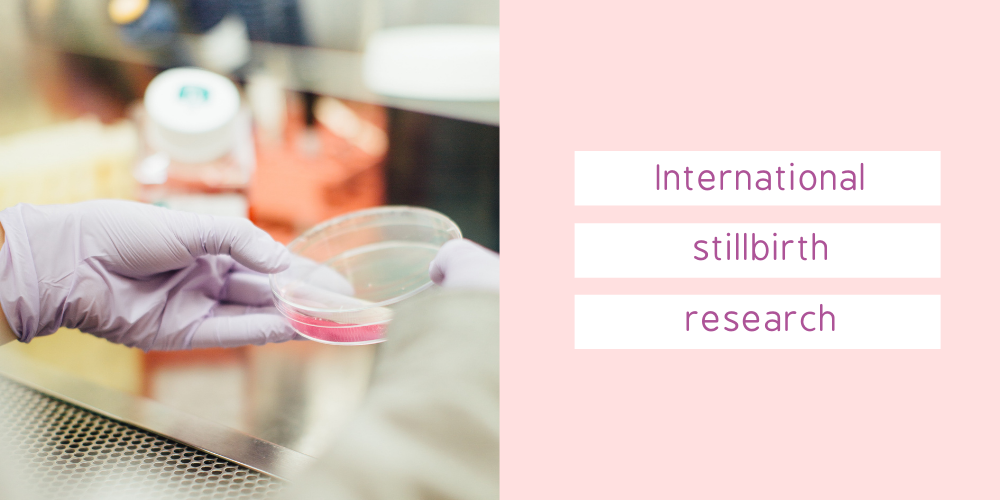Skip to Content
International Research
Research is the key to further understanding stillbirth. See below for some key international stillbirth statistics that we are advocating to replicate here in Australia.
Our goal is to reduce preventable stillbirth by 20% by the year 2025. As Still Aware is solely funded by the generosity of our donors, please consider donating below. Every dollar matters.
Donate
Did you know:
-
Scotland saw a 20% drop in stillbirth in 4 years [iv]
-
This came after introduction to “Saving Babies Lives” program now adopted across the board in UK by NHS [v]
-
The Netherlands – greater than a 30% reduction in stillbirth in 5 years
-
The country has experienced a 6.8% reduction in stillbirths per annum since 2010. [vi]
-
The Netherlands adopted a “Count with Me” program which has aided this reduction and seen a continuation of reduced stillbirth rates [vii]
-
New Zealand – 30% drop in unexplained late term stillbirth (37-40 weeks) in 3 years [i]
-
This drop coincidences with midwives in NZ introducing sleep position advice to pregnant women during pregnancy [ii]
-
Three epidemiological studies [iii] have shown that when the pregnant mother sleeps on her back that this increases the risk of stillbirth. A follow up study in NZ, currently undergoing peer review, confirms the finding of these earlier studies.
[ii] “Sleeping On Left Side May Halve Risk Of Stillbirth”. The Conversation. N.p., 2011. Web.
[iii] 1) Stacey, T., et al., Association between maternal sleep practices and risk of late stillbirth: a case-control study. BMJ, 2011. 342: p. d3403. 2) Owusu JT, et al., Association of maternal sleep practices with pre-eclampsia, low birth weight, and stillbirth among Ghanaian women. Int J Gynaecol Obstet, 2013. 121(3): p. 261-5. 3) Gordon A, et al., Sleep position, fetal growth restriction, and late-pregnancy stillbirth: the Sydney stillbirth study. Obstet Gynecol. , 2015 125(2 ): p. 347-55
[iv] “‘Red Light’ Warnings Over Stillbirth Rates At Some Scots Hospitals”. Scotsman.com. N.p., 2016. Web.
[vi] “Sands Response To Figures On Child Mortality Out Today – Reduction In Stillbirth Rates Welcome But Much More Can Be Done”. Sands – Stillbirth and neonatal death charity. N.p., 2015. Web.
[vi] “Ending Preventable Stillbirths: Stillbirth Rates Have Fallen From 2000 To 2015 But There Are Still 2.6 Million Annual Deaths”. ScienceDaily. N.p., 2016. Web.
[vii] Flenady , V. et al. “Detection And Management Of Decreased Fetal Movements In Australia And New Zealand: A Survey Of Obstetric Practice”. Australian and New Zealand Journal of Obstetrics and Gynaecology 49.4 (2009): 358-363. Web.
